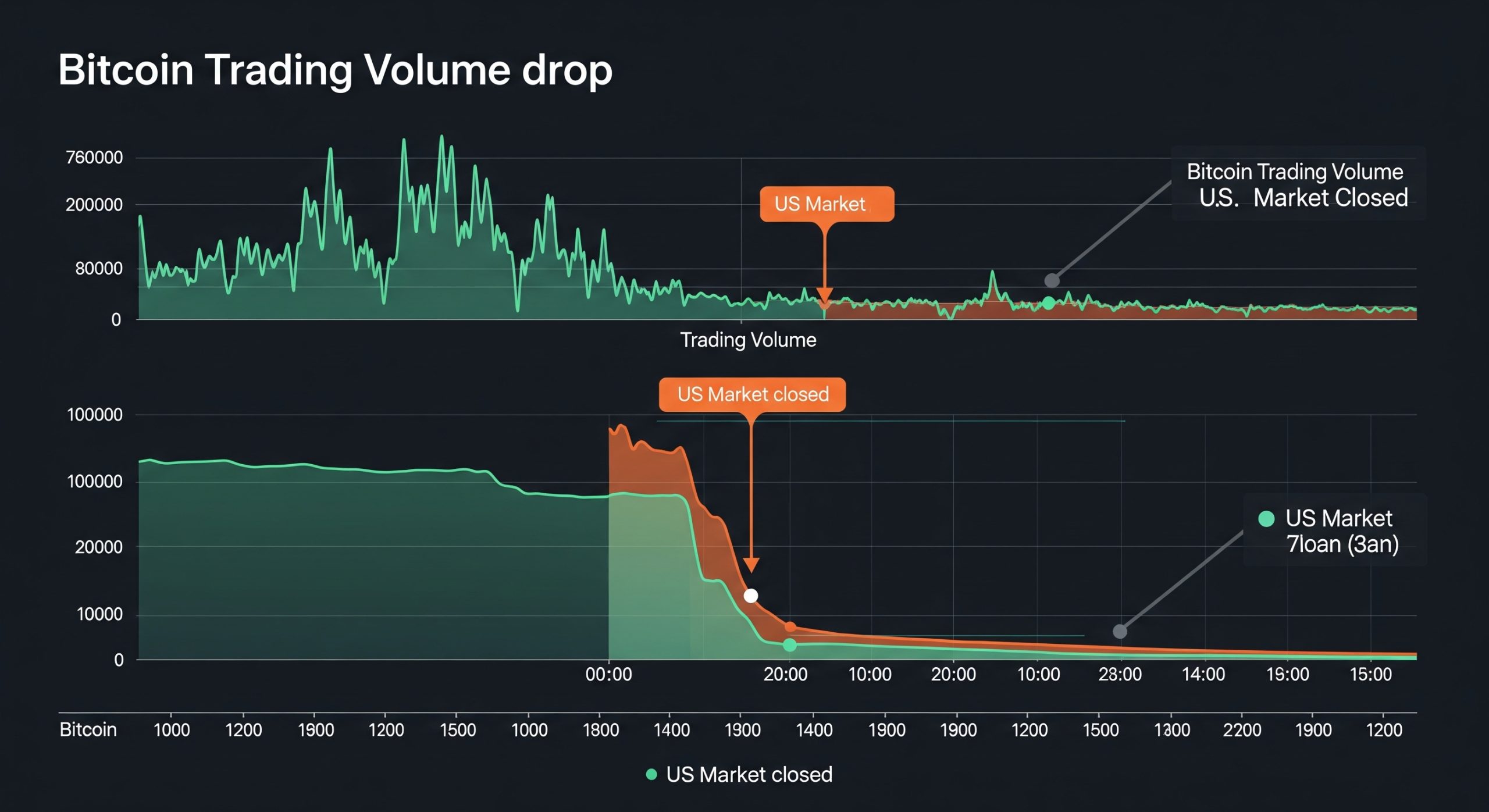Bitcoin’s recent ascent beyond the $123,000 mark has turned heads across financial markets—and according to Deutsche Bank analysts, this isn’t just another speculative cycle. Instead, five key structural forces are shaping this rally into something with staying power.
Here’s a deep dive into what’s really behind Bitcoin’s latest surge, and why it might mark a pivotal chapter in crypto’s mainstream evolution.
1. Supportive Regulation is Finally Here
For years, regulatory uncertainty cast a shadow over the crypto landscape. But that narrative is shifting fast. One standout example is the GENIUS Act, passed in July, which lays a clear framework for digital asset oversight without stifling innovation. Combined with other crypto-friendly legislation—like the Digital Asset Market Clarity Act—this new regulatory environment is helping institutions feel more confident stepping into the space.
Clearer rules mean less fear and more participation from traditional finance. Bitcoin’s latest rally reflects this rising trust.
2. $50 Billion in Institutional Inflows
According to Deutsche Bank, over $50 billion has flowed into Bitcoin from institutional investors this year alone. Pension funds, endowments, and hedge funds are treating BTC not just as a hedge—but as a core portfolio asset.
The approval and success of multiple Bitcoin ETFs in both the U.S. and Europe have dramatically lowered the barrier for institutional exposure. This isn’t just “smart money” dipping its toes; it’s a full-body plunge.
3. Corporate Reserve Adoption is Growing
Companies like Tesla and MicroStrategy made headlines in earlier years for holding Bitcoin on their balance sheets—but in 2025, this trend is broadening. A new cohort of global mid-size firms, particularly in emerging markets, are allocating small percentages of their reserves to BTC as a hedge against fiat currency risk.
This shift is driven by increasing inflation volatility, weakening national currencies, and an interest in self-custody solutions that aren’t dependent on local banking systems.
4. De-Dollarization Trends are Accelerating
Geopolitical uncertainty and the growing call for monetary multipolarity are pushing governments and corporations to reduce reliance on the U.S. dollar. In this context, Bitcoin is emerging as a neutral asset.
El Salvador and the Central African Republic may have been early movers, but now countries like Argentina, Turkey, and even parts of Southeast Asia are seeing a cultural and financial embrace of Bitcoin—not as a replacement for national currencies, but as a parallel store of value.
Bitcoin is beginning to play a quiet, growing role in the story of de-dollarization.
5. The Infrastructure Has Leveled Up
From Layer 2 scalability solutions like the Lightning Network to streamlined custody services and integrated smart contract bridges, Bitcoin’s infrastructure is better than ever. It’s now faster, more secure, and more user-friendly—critical improvements that make large-scale adoption more feasible.
The infrastructure leap also includes more sophisticated analytics, compliance tools, and risk management platforms, which make it easier for institutions to integrate Bitcoin into existing frameworks without compromising security or compliance.
A Rally Rooted in Fundamentals
This isn’t 2017. And it’s not even 2021. The 2025 Bitcoin rally is shaped by a fundamentally different set of drivers—ones that suggest long-term resilience rather than short-term hype.
From stronger regulation and institutional interest to global monetary shifts and a mature tech stack, Bitcoin is stepping out of its speculative shadow and into the world of serious finance. If the trends continue, we may look back at $123K not as a peak—but as a milestone on the way to something much bigger.




